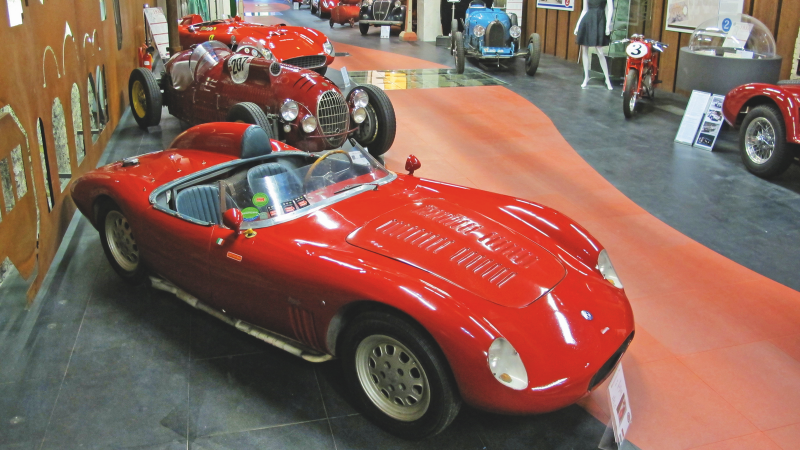18 February 2022
The original Mille Miglia, translated as the ‘Thousand Miles’, ran between 1927 and 1957 and was Italy’s most legendary endurance car race. It started in Brescia and blazed to Rome. The racers then turned around and retraced their tracks back to Bresica, and took some 16 hours to complete. The rally was an actual test of speed, courage and navigation.
The Museo Mille Miglia is packed with some of the finest motor cars to cross the finish line. It also houses old-style petrol pumps and archived race footage. The Museo Mille Miglia is an automobile museum founded on 10 November 2004 at the Automobile Club of Brescia initiative and some private enthusiasts of the famous Mille Miglia race.
Unlike endurance races at Le Mans or Daytona, the Mille Miglia is a race against the clock rather than against other cars. The cars departed with one-minute intervals, and smaller, lower displacement cars started first.
The fastest race ever was in 1955, when the British duo of Stirling Moss and Denis Jenkinson completed the course in 10 h 07′ 48″ at an average speed of 98mph in a works Mercedes Benz 300 SLR. Sterling is reputed to have said it was the only race that frightened him.
The 24 Mille Miglia road races mainly were won by Italian drivers in Italian cars; apart from Sterling Moss, the only other foreign winners were German in 1931 and 1940; Von Hanstein / Baumer in a BMW 328.
Ultimately, the element of danger proved the race’s downfall. In addition to glorious victory, fatal crashes have marred Mille Miglia’s legacy. The most infamous was in 1957 in the village of Guidizzolo, a tragedy that proved to be the final nail in the race’s coffin.
Spanish driver, Alfonso de Portago’s Ferrari, veered off the road and tore through a group of spectators, killing the driver, his co-pilot and nine bystanders, five of whom were children.
In 1977 the Mille Miglia was revived as a Brescia–Rome round trip, held in May, open only to 1927-1957 cars.

